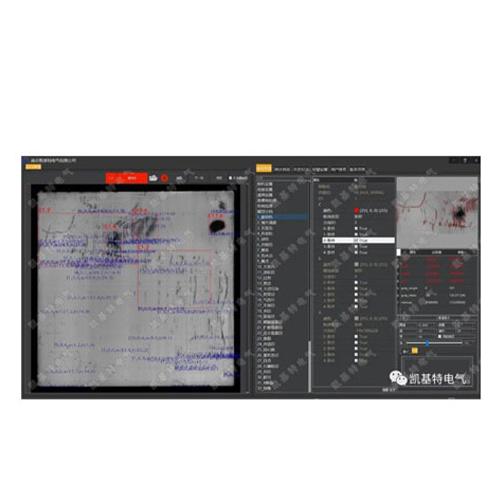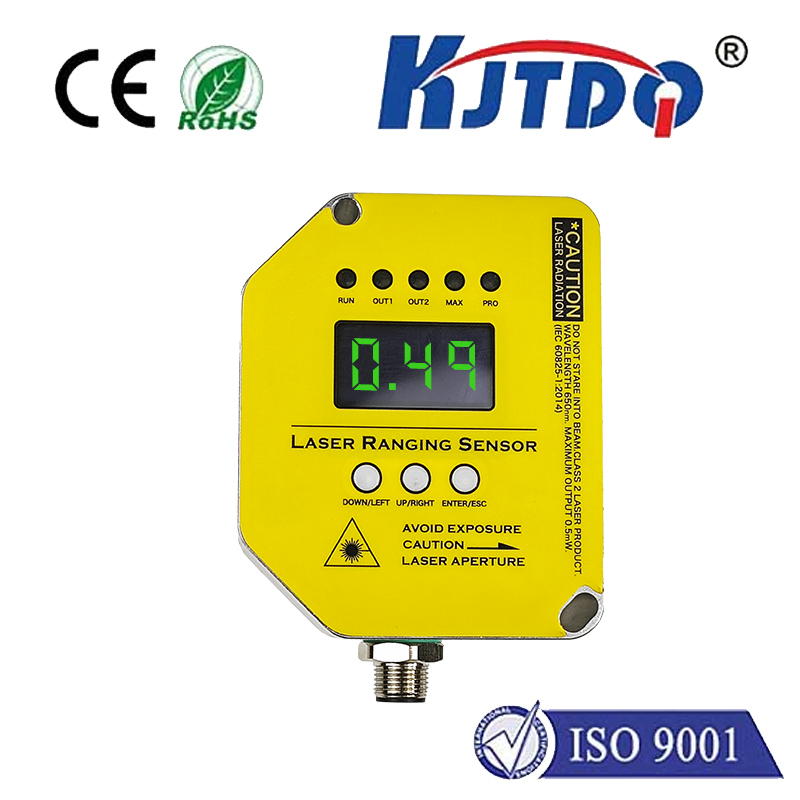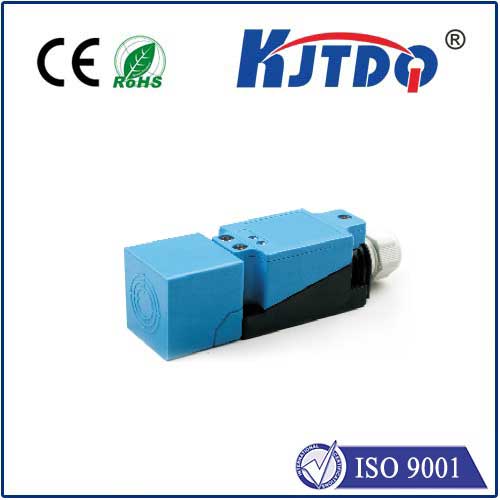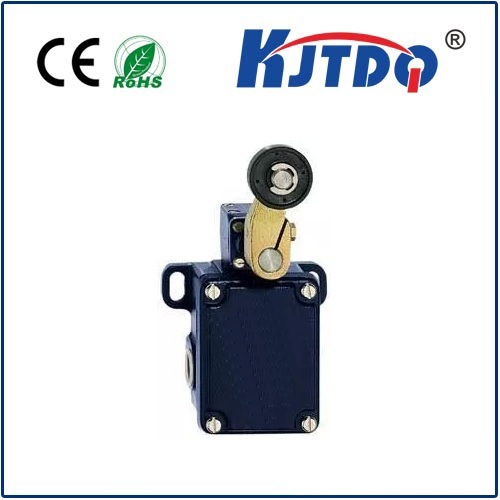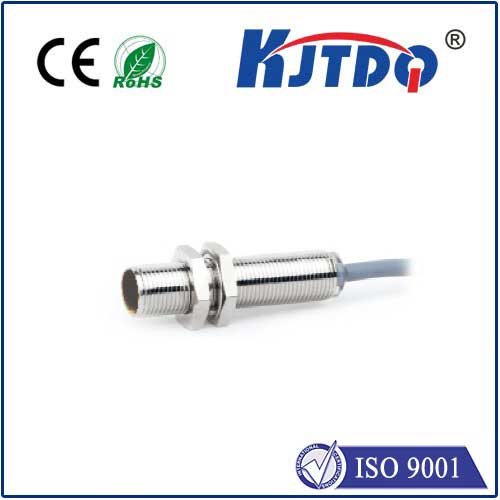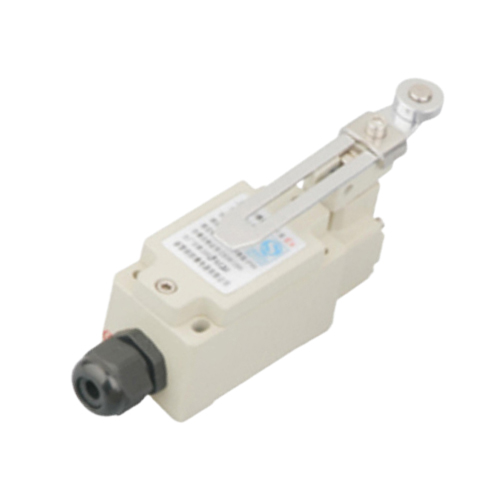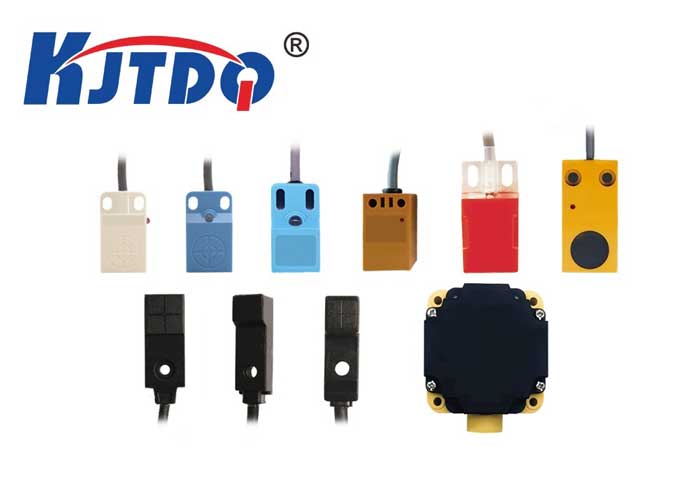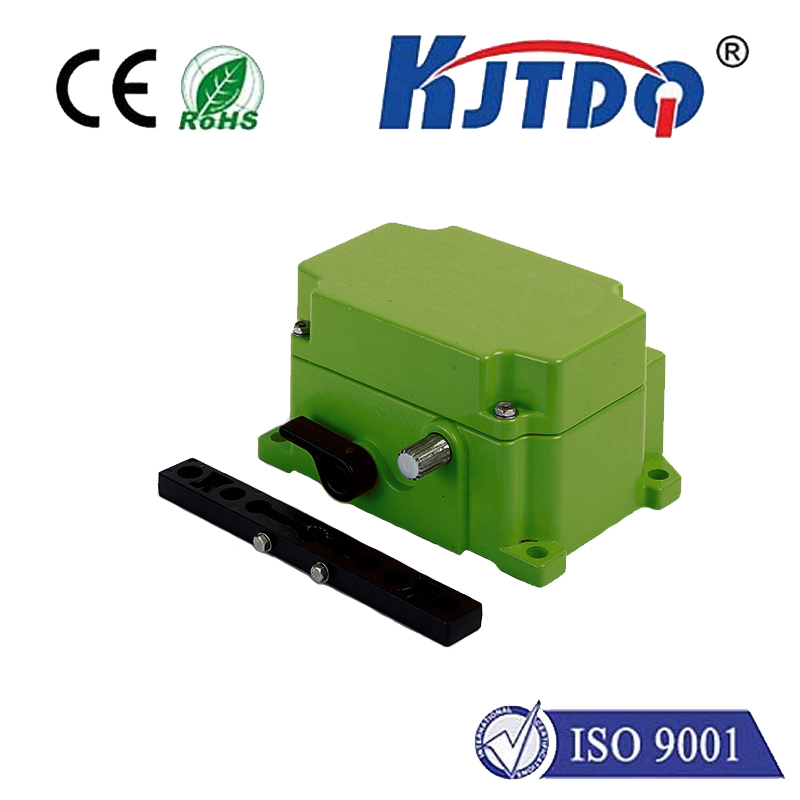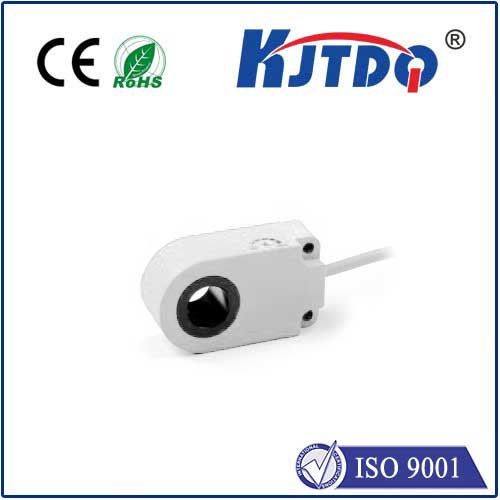

check

check

check

check

check

check

check

check

check

check
Title: Harnessing the Power of Photoelectric Proximity Sensors for Precision Sensing In the ever-evolving landscape of automation and sensing technology, photoelectric proximity sensors stand out as a cornerstone innovation. These sophisticated devices utilize the principles of light reflection to accurately detect the presence or absence of objects within their field of view without making physical contact. This article delves into the mechanics, advantages, and diverse applications of photoelectric proximity sensors, highlighting why they are indispensable in modern industrial setups. Understanding Photoelectric Proximity Sensors At its core, a photoelectric proximity sensor operates by emitting a focused beam of light (usually infrared) from an emitter towards a target object. The light either reflects off the object and is detected by a receiver located opposite the emitter or passes through the object if it’s transparent or semi-transparent and hits the receiver. Depending on the configuration, when the light reaches the receiver, it generates an electrical signal indicating the object’s presence; conversely, if no light is received, it suggests the absence of an object. Key Advantages of Photoelectric Proximity Sensors
Manufacturing and Automation: Used for product counting, position sensing, level detection, and more, ensuring efficient production line operations.

Packaging Industry: They monitor conveyor belts, verify product presence, and control filling levels, enhancing packaging efficiency and accuracy.
Logistics and Warehousing: Detecting pallet positions, sorting goods, and managing inventory levels become streamlined with strategic sensor placement.
Automotive Sector: Ensuring component placement accuracy in assembly lines, monitoring tire pressure in automated systems, and controlling door mechanisms.
Healthcare: Sterilization process monitoring, equipment status checks, and ensuring patient safety in medical devices. Conclusion The adoption of photoelectric proximity sensors signifies a leap forward in the realm of precision sensing technologies. Their ability to provide accurate, non-contact measurements under various conditions makes them invaluable assets across industries striving for enhanced efficiency, reduced downtime, and improved safety standards. As technology advances, we can expect even more refined versions of these sensors to emerge, further expanding their potential applications and reinforcing their position as essential components in the future of automation.
